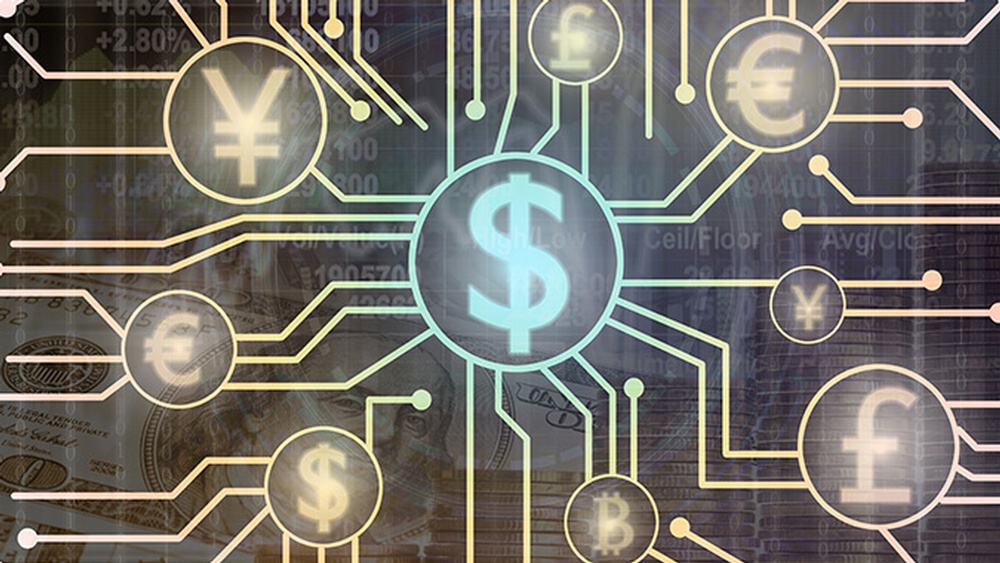Cryptocurrency vs. Digital Assets: Understanding the Key Differences
- Loxicom
Categories: crypto crypto wallet decentralization Loxicom security smart contracts software software development web 3.0

By: Shawn Chambers
Cryptocurrencies and digital assets often get confused for one another, yet they follow distinct paths. Although both exist exclusively online, there are key distinctions that set them apart. In this blog post, we'll clarify the distinctions between cryptocurrency and digital assets.
Cryptocurrency is a digital coin that utilizes cryptography to secure and verify transactions. Bitcoin, the most prominent example, is one such currency; however, there are now thousands in circulation. These decentralized digital tokens have no control over government or financial institution and transactions are recorded on a public ledger known as blockchain maintained by thousands of computers around the world. Cryptocurrencies can be used for purchasing goods and services or exchanged for other cryptocurrencies or fiat currencies like USD or EUR.
Digital assets refer to a broader category of digital assets that includes cryptocurrencies as well as other types of digital tokens. These coins can represent various assets like commodities, real estate or even personal data. Their applications range from making payments simpler, managing supply chains more effectively or opening up new investment avenues.
One major distinction between cryptocurrency and digital assets lies in their underlying technology. Cryptocurrencies utilize blockchain, providing secure and transparent transactions without the need for a centralized authority. On the other hand, digital assets may be created using different platforms like Ethereum or Hyperledger Fabric; depending on which technology it's built upon, various features and functionalities may vary between each.
One major distinction between cryptocurrency and digital assets is their purpose. Cryptocurrencies act as a medium of exchange or store of value, while digital assets can fulfill various roles. For instance, they could represent ownership in real estate property or shares within a company which could then be traded on a digital asset exchange for investors' liquidity.
The regulatory environment for cryptocurrency and digital assets is unique. Cryptocurrencies are largely unregulated, lacking the same level of oversight as traditional financial institutions. This has raised concerns about money laundering and other illicit activities. Conversely, digital assets may be subject to regulation depending on their underlying asset - for instance, a digital token representing ownership in a company may fall under securities regulations.
Finally, the level of adoption and awareness regarding cryptocurrency and digital assets varies significantly. Cryptocurrencies such as Bitcoin and Ethereum have experienced remarkable growth over the past few years, with many people investing in them as an alternative form of investment. On the other hand, digital assets remain relatively new and not yet widely adopted by businesses or institutions; however, this could change over time as more organizations begin exploring their potential.
In conclusion, while cryptocurrency and digital assets are both digital, there are significant distinctions between them. Cryptocurrencies rely on blockchain technology for transactions while digital assets comprise a range of assets built using various technologies. Furthermore, the regulatory environment, purpose, and level of adoption for each are distinct. As we move towards an increasingly digital future, understanding these distinctions will become increasingly essential for investors and businesses alike.